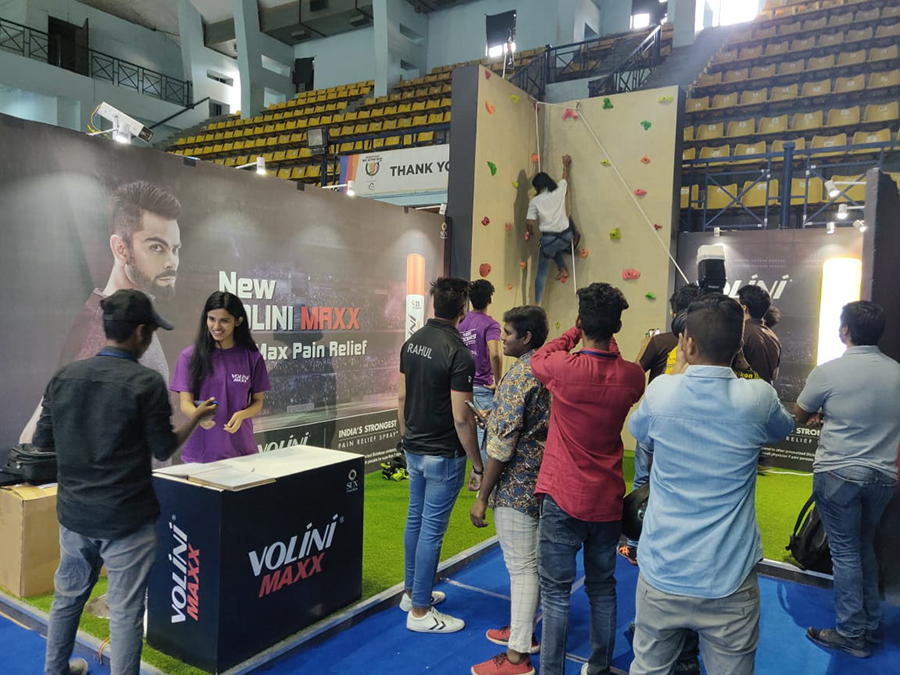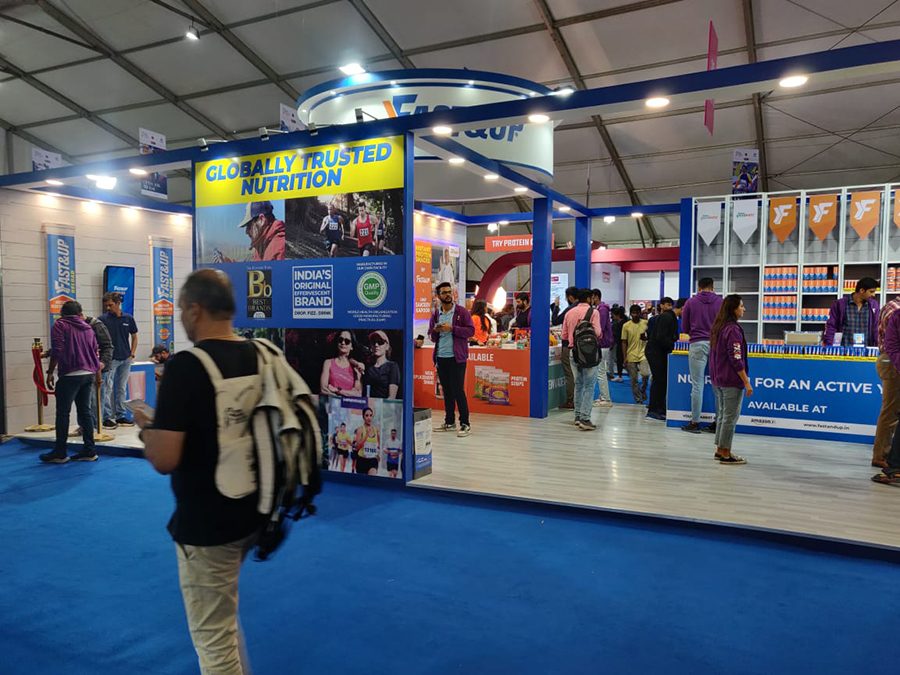The Role of Exhibition Design in Brand Awareness and Recognition
By AVS IndiaExhibition design should not be taken lightly. It's important to make sure that your visitors have a good experience at your exhibition, whether it be by providing them with the best possible environment for learning or simply helping them get through the day.
Exhibitions are one of the most powerful tools for organizations to feature their products and services, engage with potential customers, and build associations with industry peers. However, it is essential to have an effective exhibition design that reinforces the brand and values of the company in order to differentiate it from the competition and leave a lasting impression.
Exhibition design is the art of making a space look appealing and inviting, while also being engaging and informative. It's an essential part of any company's marketing strategy—and an important part of your customer experience.
Exhibition design plays an important role in brand awareness and recognition. When you're trying to get your product noticed, it can be hard to stand out from the crowd. But if your products are displayed on a well-designed platform, people will notice them!
Here's how:
- People who visit exhibitions are more likely to remember what they see than those who don't. This makes it easier for you to market your products after the show by sending postcards or emails encouraging people to take advantage of their new knowledge of your brand. It also helps when someone goes home and talks about their experience with friends or family members.
- The exhibition design process involves creating a physical space that reflects who you are as a company and conveys your message clearly. This helps people understand what it is that makes you different from other companies in this industry—and why they should choose you over other options on the market.
- Exhibition design can be used to highlight the benefits of your product or service, as well as to suggest how it can benefit your customers. This can help them make more informed choices about whether they want to try out your product or hire you for services.
- Exhibition design can also be used to create a sense of occasion and excitement around products or services that are new or exciting. This helps build brand awareness and recognition, which are critical if you want people to buy what you're selling!
- One final thing: when designing an exhibition, remember that people will often look at all sides of things before deciding what they like best. So if you have multiple options or choices in one area, make sure all those options are equally visible so there's no bias toward one over another.
Check out our blog on Mistakes to avoid during Exhibition setups.
Tips to create an effective exhibition that resonates with the brand identity
- Brand awareness and recall value are fundamental parts of a fruitful promotion strategy. Customers are more likely to trust and choose a brand over competitors if it is more recognizable and well-known. The design of an exhibition has a significant impact on the development of brand recognition and awareness.
- Understanding the company's brand identity and messaging is the first step in designing an effective exhibition. This includes the target audience, mission statement, and company values. The company's brand image and messaging should be reflected in the exhibition design across all marketing channels, including print and digital media.
- A durable and steady brand identity across all marketing channels supports the organization's message and values, making them more important, recognizable, and memorable to customers. This is especially crucial for businesses in competitive industries where customers are presented with numerous brand messages on a daily basis.
- In order to attract potential customers, the exhibition design should also be eye-catching and visually appealing. A memorable experience can be created by employing striking colors, distinctive shapes, and eye-catching graphics. The design plan ought to be tailored to the particular target audience, considering elements like age, orientation, and interests.
- The use of technology is yet another important aspect of exhibition design. Visitors can have an immersive and engaging experience thanks to interactive displays, virtual reality experiences, and digital signage. This not only improves the company's image as a brand, but it also helps visitors remember the brand and spread the word about it.
- Lastly, the design of the exhibition should be both practical and effective. Traffic flow, accessibility, and ease of navigation are all included in this. Visitors are more likely to spend time interacting with the brand and its products if the exhibition space they visit is well-designed and simple to navigate.
Exhibition design is integral to the success of any event or conference. It helps visitors get a feel for the event, makes them feel welcome and at home, and helps them better understand what they'll be getting into. This is especially true when it comes to events such as conferences and trade shows, where you want attendees to see what they're getting into but also feel comfortable doing so.
The way you design your exhibits can make or break your brand's recognition among attendees and potential customers. If they don't feel comfortable in your exhibit spaces, they won't know how much value their time spent there will bring them. They'll leave feeling like they wasted their time, and that can really hurt the bottom line.
About AVS
AVS is a market leader in the design and setup of exhibitions, providing tailored solutions that help our clients make a lasting impression and stand out in a competitive market. We make sure to become a valuable partner for any business looking to make an impression at their next exhibition or event because of our focus on sustainability, attention to detail, and dedication to excellence.




